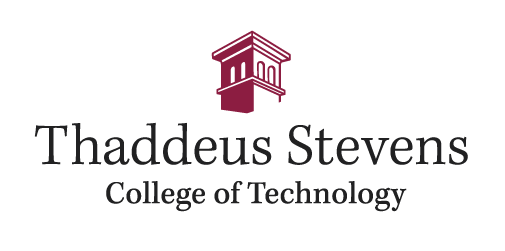Welding Technology Performance Measures
WELD Program Performance Measures
Internal Key Performance Indicators (SOURCES: Internal data collections, Post-Graduate Surveys, and Employer Surveys)
Note: WELD is the abbreviation for Welding Technology; a two-year associate degreed program of study. TSCT expanded the POS offerings to included WELD in Fall ‘16. Class of 2018 will be the first graduating class.
$52,500-$77,500
|
Key Performance Indicators |
Class '17 |
Class '18 |
Class '19 |
Class '20 |
Class '21 |
Class '22 |
|
Progression Rate |
NA | 65.0% |
61.9% |
50.0% |
56.0% |
70.5% |
|
Graduation Rate |
NA | 60.0% |
61.9% |
38.9% |
44.0% |
56.8% |
|
Post Graduate Survey Response Rate |
NA | 100% | 100% | 71.0% | 74.0% | |
|
Placement Rate |
NA | 100% | 100% | 100% | 100.0% | |
|
Employed Full Time within Major |
NA | 100% | 100% | 100% | 100.0% | |
| Employed Fulled Time outside Major | NA | 0.0% | 0.0% | 0.0% | 0.0% | |
|
Graduate Satisfaction |
NA | Excellent | Excellent | Excellent | Good | |
|
Rate of Respondents to Salary Inquiry |
NA | 83.3% | 100% | 100% | 100.0% | |
|
Annual Median Starting Salary |
NA | $37,500 | $47,500 | $62,500 | $50,000 | |
|
Reported Hourly Rate |
NA | $18.03 | $22.84 | $30.05 | $24.04 | |
|
Reported Salary Range (Lowest-Highest) |
NA |
$32,500- $62,500 |
$37,500- $62,500 |
$52,500- $77,500 |
$36,500- $57,500 |
|
* Graduation rate is preliminary until final graduate counts are compiled.
- Progression Rate reflects the continuous term-to-term persistence rate for certificate programs and the fall-to-fall retention rate for associate degree programs.
- Graduation Rate reflects the number of freshmen who were officially enrolled in the fall semester and earned a certificate or degree within the expected timeframe.
- Post Graduate Survey an annual on-line post graduate survey utilized by the college to gather vital information regarding career placement, starting salary, and level of satisfaction.
- Post Graduate Survey Response Rate- Percentage of Graduates who responded to the Post-Graduate Survey.
- Placement Rate is the percent of graduate survey respondents who reported being employed or continued their education on a full-time basis.
- Employed Full Time within Major - Percentage of graduates who reported being employed full-time within their field of study.
- Employed Full Time outside Major - Percentage of graduates who reported being employed full-time outside their field of study.
- Graduate Satisfaction is the median graduate survey response evaluating the level of preparation for workforce entry (based on a 5-Item Likert Scale).
- Rate of Respondents to Salary Inquiry - Percentage of Annual Post Graduate Survey respondents who returned salary information.
- Annual Median Starting Salary is based on the graduate survey response to the request to identify a starting salary from a range of options. This graph shows the median first year annual salary. All calculations are based on the respondent’s self reported first year annual income.
- Reported Hourly Rate - determined by dividing the reported median salary by the number of hours in a traditional full-time work week (40), then the number of weeks in a year (52).
- Reported Salary Range - Beginning with “less than $20,000” and increasing in $5,000 increments (i.e. $20,000-24,999) and ending with “more than $70,000, graduate survey respondents selected their 1st year annual salary range.
